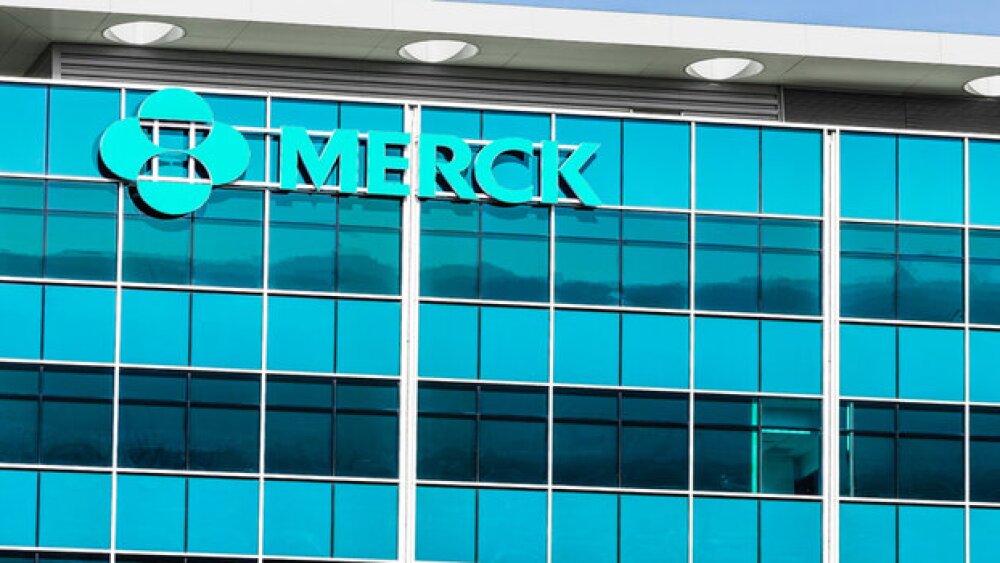There are some big surprises among the list of major players in the vaccine space who either dropped their programs or have been significantly delayed.
According to the World Health Organization (WHO), there are currently 63 vaccines in clinical development for COVID-19 and 179 in preclinical development. In the U.S., two vaccines have been granted emergency use authorization (EUA) by the U.S. Food and Drug Administration (FDA), Pfizer-BioNTech and Moderna. The vaccine candidate developed by Johnson & Johnson has been submitted for EUA and may be authorized by the end of February.
Globally, several other vaccines have been authorized and are being rolled out in various countries and regions, but not necessarily in the U.S. These include AstraZeneca-University of Oxford, Russia’s Sputnik V, Sinovac Biotech, Novavax and CanSino Biologics.
It’s unlikely that there will be a long-term market for the 63 vaccines in development or that many of the vaccines in preclinical development will find funding and a rationale for continued development. However, there are some big surprises among the list of major players in the vaccine space who either dropped their programs or have been significantly delayed.
One of the bigger surprises has been Merck, which is typically a vaccines powerhouse, but was slow to enter the COVID-19 vaccine race and quicker to exit it. The company is the world’s second-largest vaccine manufacturer. The company officially launched efforts to develop a vaccine in May 2020 when it acquired Austria-based Themis and partnered with Florida-based Ridgeback Therapeutics to develop MK-4882, an orally-available antiviral candidate. In November 2020, Merck acquired Maryland-based OncoImmune and its COVID-19 candidate CD24rFc for $425 million in cash upfront.
But in late January 2021, Merck announced it was halting development of its two COVID-19 vaccine candidates, V590 and V591, after poor responses in Phase I trials. They were shifting their attention to advancing two therapeutic drugs, MK-4482 and MK-7110.
And with some apparent pressure, Merck is in talks with the U.S. government and several companies that have vaccines, namely Pfizer and Johnson & Johnson, about assisting in vaccine manufacturing. Even with those efforts, it’s not a matter of flipping a switch, and could take months to begin the manufacturing process.
“I think there’s a broader recognition, certainly within the U.S. government, but governments around the world, that this is a bit more complicated than we had at one time thought,” said Michael Nally, chief marketing officer of Merck. “If there’s a way that we can help think through that, and prepare the world for what we see on the horizon, that’s where we’re focused.”
Perhaps even more surprising has been the lackluster results of GlaxoSmithKline (GSK), the largest vaccine maker in the world, and its partnership with Sanofi, also a top vaccine manufacturer. On December 11, 2020, the two companies reported that their COVID-19 vaccine efforts were being delayed after an insufficient immune response in older clinical trial participants. At that time, they reported that their vaccine would not be available until the end of 2021, if at all.
Sanofi reported interim data from its Phase I/II vaccine trial showed an immune response comparable to that seen in recovered COVID-19 patient in participants aged 18 to 49 years. But, in adults aged 50 and older, there was an “insufficient immune response.” In order to provide high-level immune response across all age groups, the companies were going to attempt to refine the concentration of antigen in the vaccine.
Instead of launching into a Phase III trial, they were instead planning a Phase IIb study with an improved antigen formulation. If the data is positive, a Phase III trial might start in the second quarter of 2021. If the results are good—and the rollout of vaccines worldwide don’t make the actual study difficult to complete—the vaccine might be available by the fourth quarter of the year.
France’s Pasteur Institute announced in late January that it was ending development of its COVID-19 vaccine after disappointing Phase I clinical trial results. The Phase I trial began in August 2020 and was well-tolerated, but did not create sufficient immune response.
AstraZeneca-University of Oxford
The AstraZeneca-University of Oxford vaccine is not a failure. But its development has been marred by quite a bit of confounding data and apparent missteps. In April 2020, as the vaccine programs really started moving, the University of Oxford was far ahead of almost everyone with plans to launch a 6,000-participant clinical trial in May. Their head-start was based on earlier work on a coronavirus vaccine in 2019, largely on SARS-CoV, which allowed for a quick shift to SARS-CoV-2, the virus that causes COVID-19. At that point, with a deal with AstraZeneca, they thought they might have a vaccine authorized by September 2020 and were viewed as clear frontrunners.
In September, however, AstraZeneca and Oxford University paused the Phase III COVID-19 trial after report of an unexplained illness—transverse myelitis—in a U.K. patient. Although the trial restarted in the U.K. and other countries within a few days, it was delayed for weeks in the U.S. while investigators pored over the data.
In November, AstraZeneca-Oxford reported high-level results from an interim analysis of the vaccine, with trials in the U.K. and Brazil demonstrating efficacy of up to 90%. But there was a problem, too. One cohort received half-doses of the first dose by accident, and provided confounding results—90% efficacy, compared to 62% efficacy in patients who received the full first dose. The combined analysis demonstrated average efficacy of 70%. In December, it was authorized in the U.K. and other countries—not the U.S., where it has yet to complete a Phase III trial—but has come with its own variety of controversies.
Although designed for two doses to be taken about four weeks apart, the U.K. has staggered the doses by about 12 weeks to extend the supply of the drug. Studies are ongoing to determine if this is an effective strategy.
At the end of January, the vaccine was authorized by the European Union, but they acknowledge there was not enough data to prove if it was effective in people over the age of 55.
And on February 8, South Africa reported that it had halted distribution of the vaccine after data suggested it “provides minimal protection” against mild disease from the South African variant. The study, which had not been peer-reviewed yet, showed the vaccine had high efficacy against the original non-B.1.351 variants found in South Africa, but very low efficacy against the more contagious B.1.351 variant emerging in the country.





